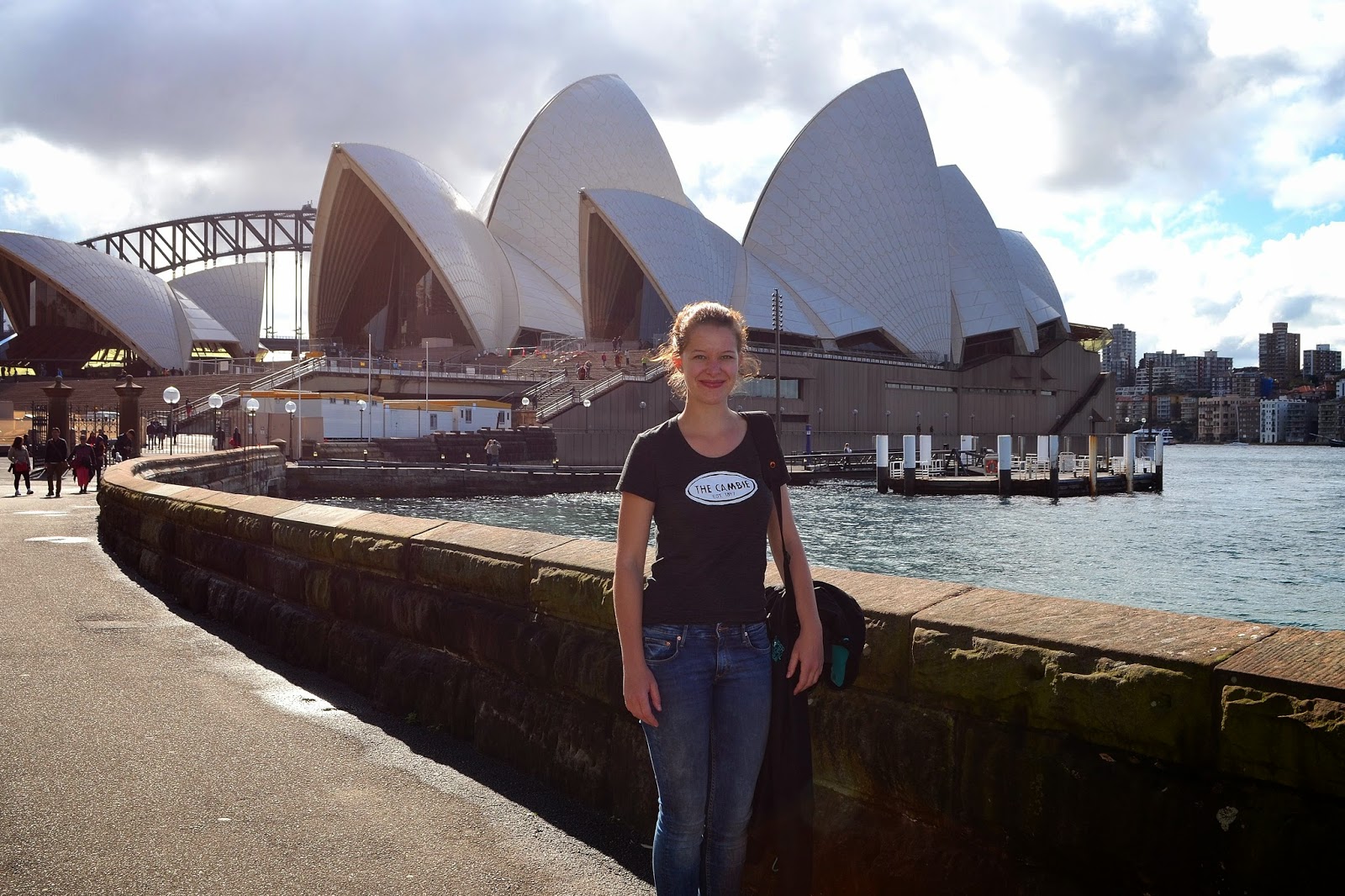Director of Insight, Liza Pern who is also a trustee of Sports Driving Unlimited charity supported by Insight – at the National Para-Driving Championships 2015 – Sandringham House, Norfolk
I work remotely for Insight - the benefits of the web enable me to run the administrative side of the business from my home in Scotland about 400 miles away! When I’m not sat at my computer I’m half a mile up the road at the Chariots of Fire Driving Centre, volunteering for the charity Sports Driving Unlimited which is supported by Insight. I set up SDU in 2007 to help secure funding for the disabled drivers who attend the centre and derive enormous benefit from their contact with ponies and the activities available. As well as funding driving lessons and sessions for individuals and groups, we also encourage our drivers to compete if they wish to. Over the past few years many have started to do so and are becoming well known on the carriage driving competition circuit.
I recently supported three drivers with disabilities, their able bodied grooms and nine ponies at the National Para-Driving Championships in Norfolk. The three grooms were also competing as able-bodied drivers in the event – hence the nine ponies –two pairs, three single ponies and a single horse. The logistics of getting the various ‘turnouts’ (i.e. Pony, driver and carriage) to their required start positions at the right time, in the right ‘dress’, with their ponies kitted out correctly, was a real challenge!
So here were some of the ‘business’ skills employed to help make the weekend run smoothly:
- Communication skills – ensuring that everyone – drivers and grooms - understand what is required of them throughout the weekend. Making sure they’ve read the organiser’s instructions and understood them. One of the disabled drivers is blind, the other two have cerebral palsy, so communicating complex instructions has to be done with careful consideration.
- Meeting skills – around the breakfast table encouraging a diverse bunch of people of differing ages, abilities and with differing needs to ensure that jobs get done, and on time.
- Managing people (and ponies) – the logistics of persuading people (often very tired people!) to knuckle down to all the tasks required to get themselves and their ponies spruced up to the required standard for each phase of the competition. Oh and also reminding them to eat now and then to keep their blood sugar levels stable!
- Time Management – sorting out running orders and getting drivers and ponies to the right starting point at the right time. This required working backwards from their start time through all the different tasks that needed completing before then – grooming, plaiting, harnessing the ponies – right back to breakfast – usually uncomfortably early in the morning!
- Facilitation skills – making sure that each of the drivers with disabilities is kitted out with whatever is necessary to enable them to drive to the best of their ability.
All the hard work was more than worth it as our young drivers Charlotte finished as National Novice Para-Champion, Graham was Reserve, with blind driver Lewis in third.
So trainees – never think that the management skills you learn are only for the workplace – they have far wider relevance!


























